Advanced Financial Accounting Report: AASB 6 and Framework Consistency
VerifiedAdded on 2023/01/06
|5
|792
|51
Report
AI Summary
This report analyzes the consistency between AASB 6 (Exploration for and Evaluation of Mineral Resources) and the AASB Conceptual Framework for financial reporting. The report begins by defining accounting policies related to exploration and evaluation expenditures, including examples such as acquiring exploration rights, sampling, and exploratory drilling. It then discusses the allocation of costs, both direct and indirect, to specific areas of interest. The core of the report examines the inconsistencies between AASB 6 and the Conceptual Framework, particularly concerning asset recognition criteria and expenditure recognition. The report highlights that the definition and recognition criteria for assets in AASB 6 are not consistent with the Conceptual Framework, particularly regarding the probability of future economic benefits and reliable measurement. The report also notes the lack of distinction between a firm's cost allocation and outside contractor costs. Finally, the report references relevant sources, including the AASB website and academic articles, to support its analysis.
1 out of 5
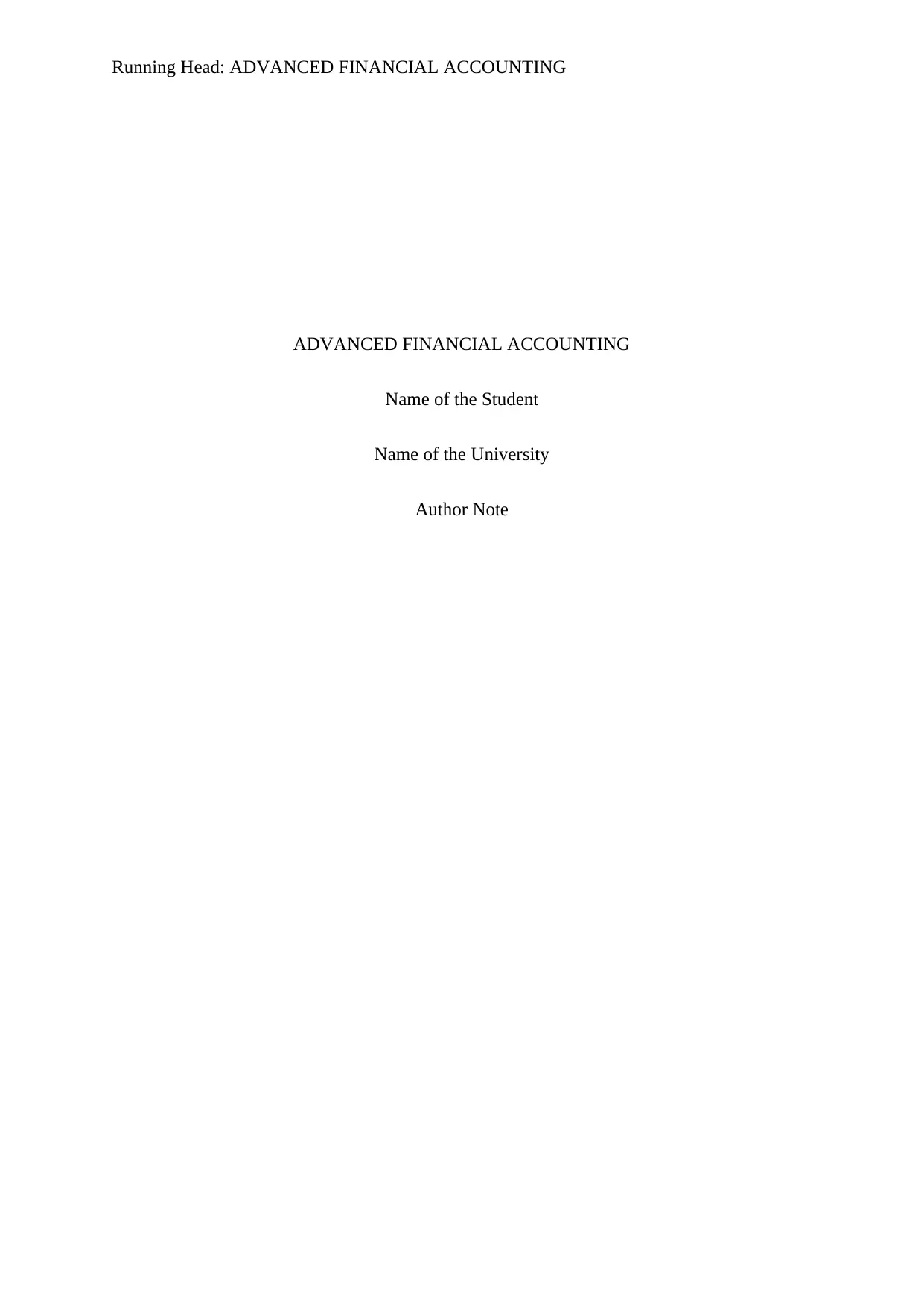
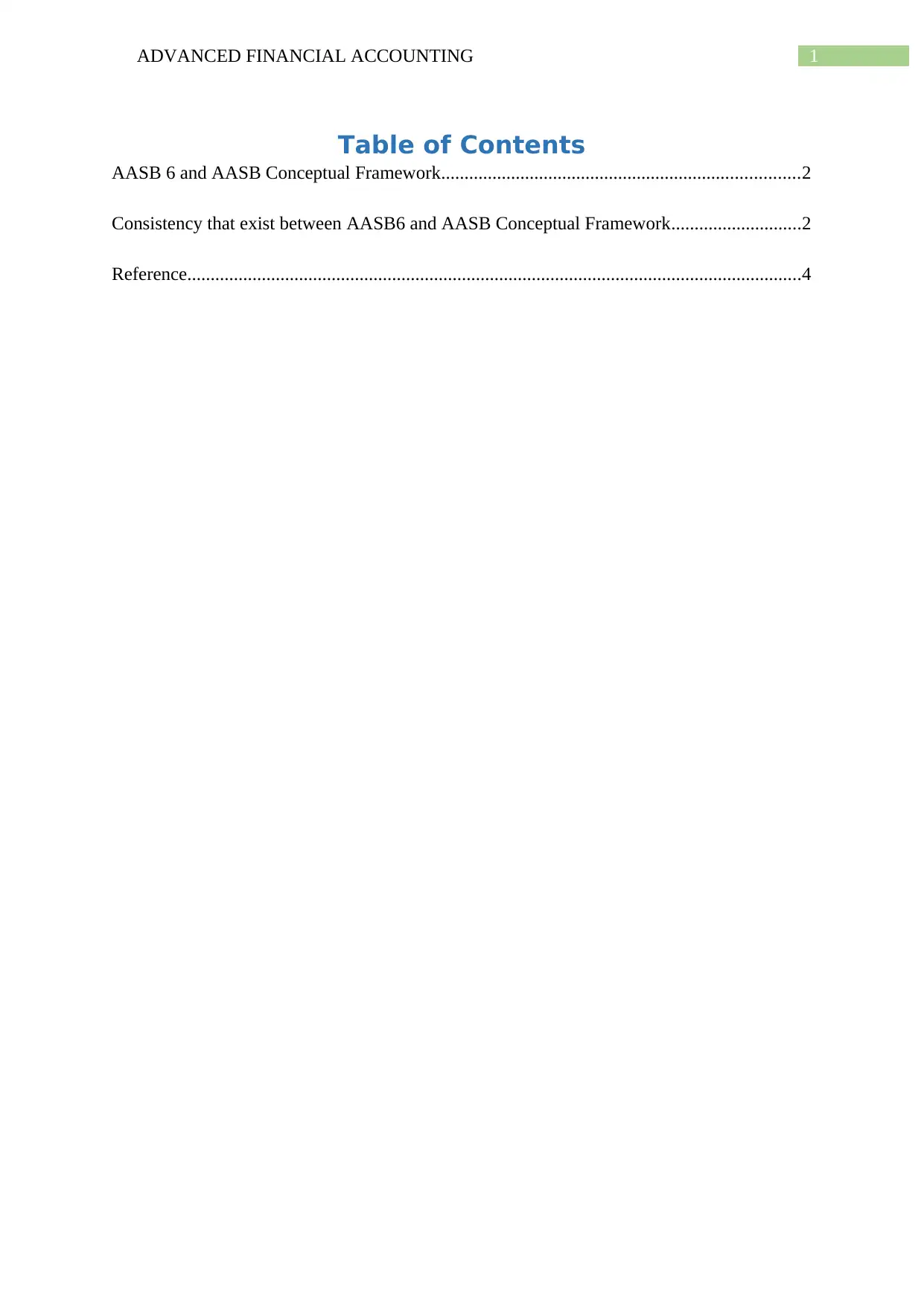
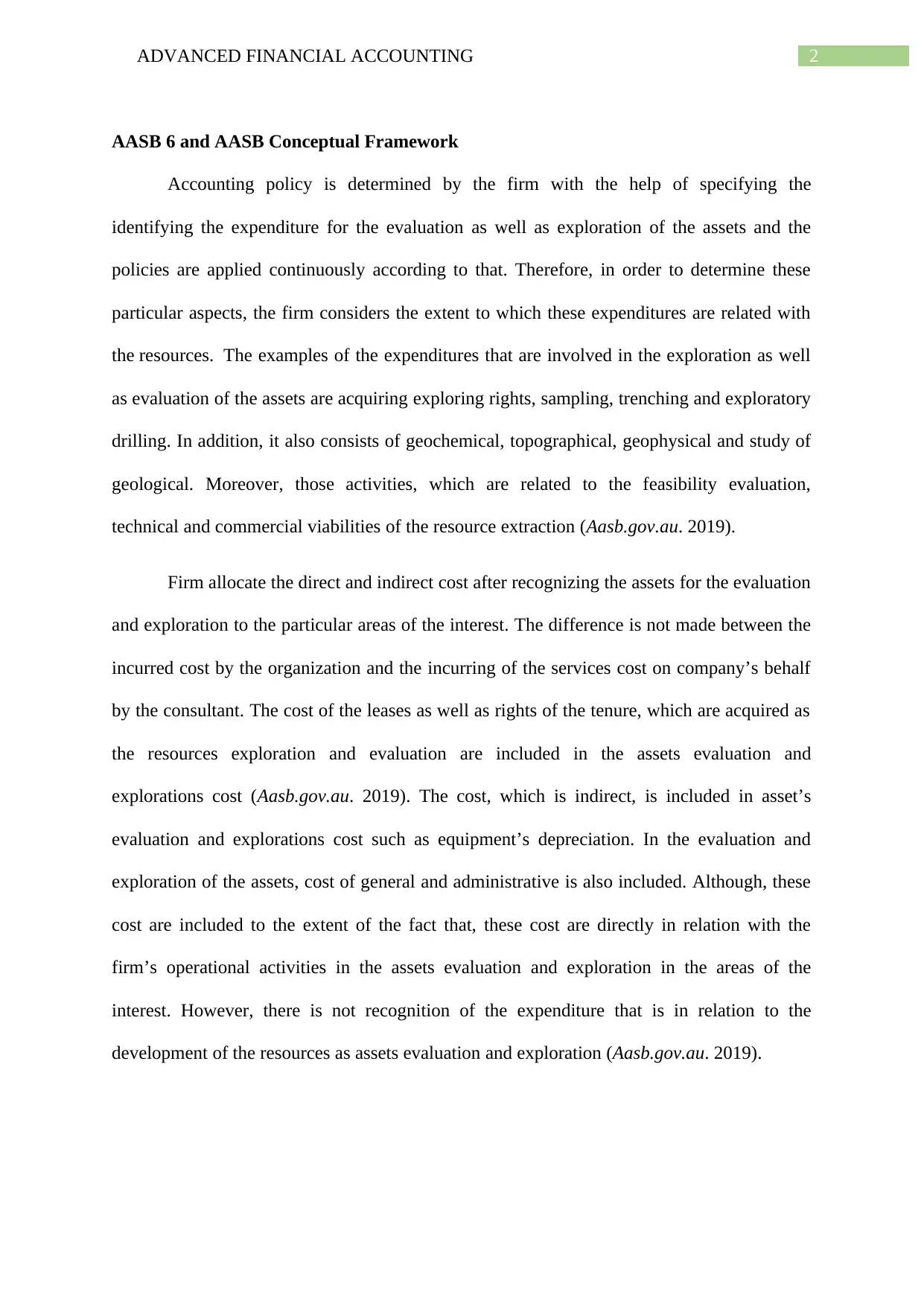

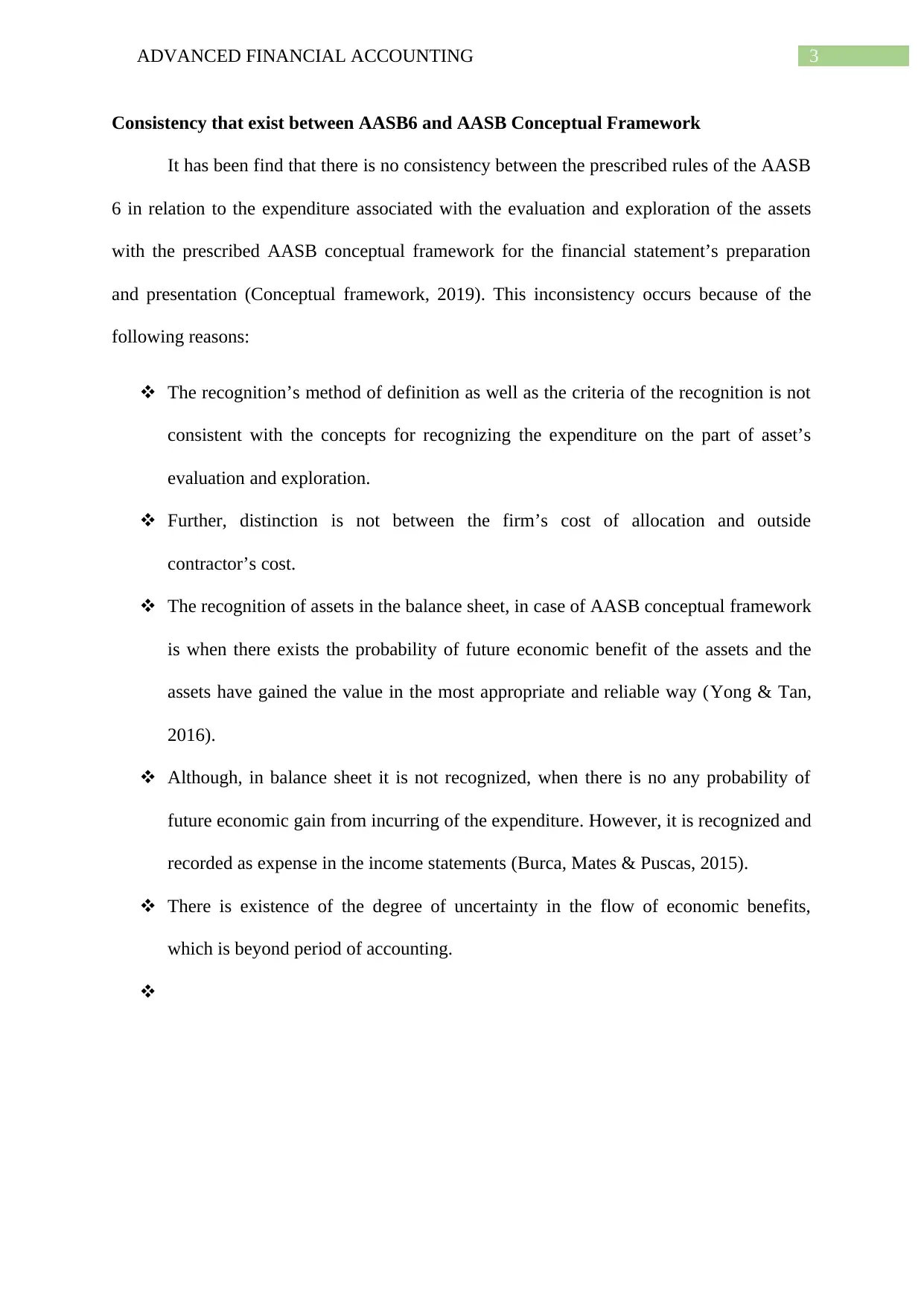
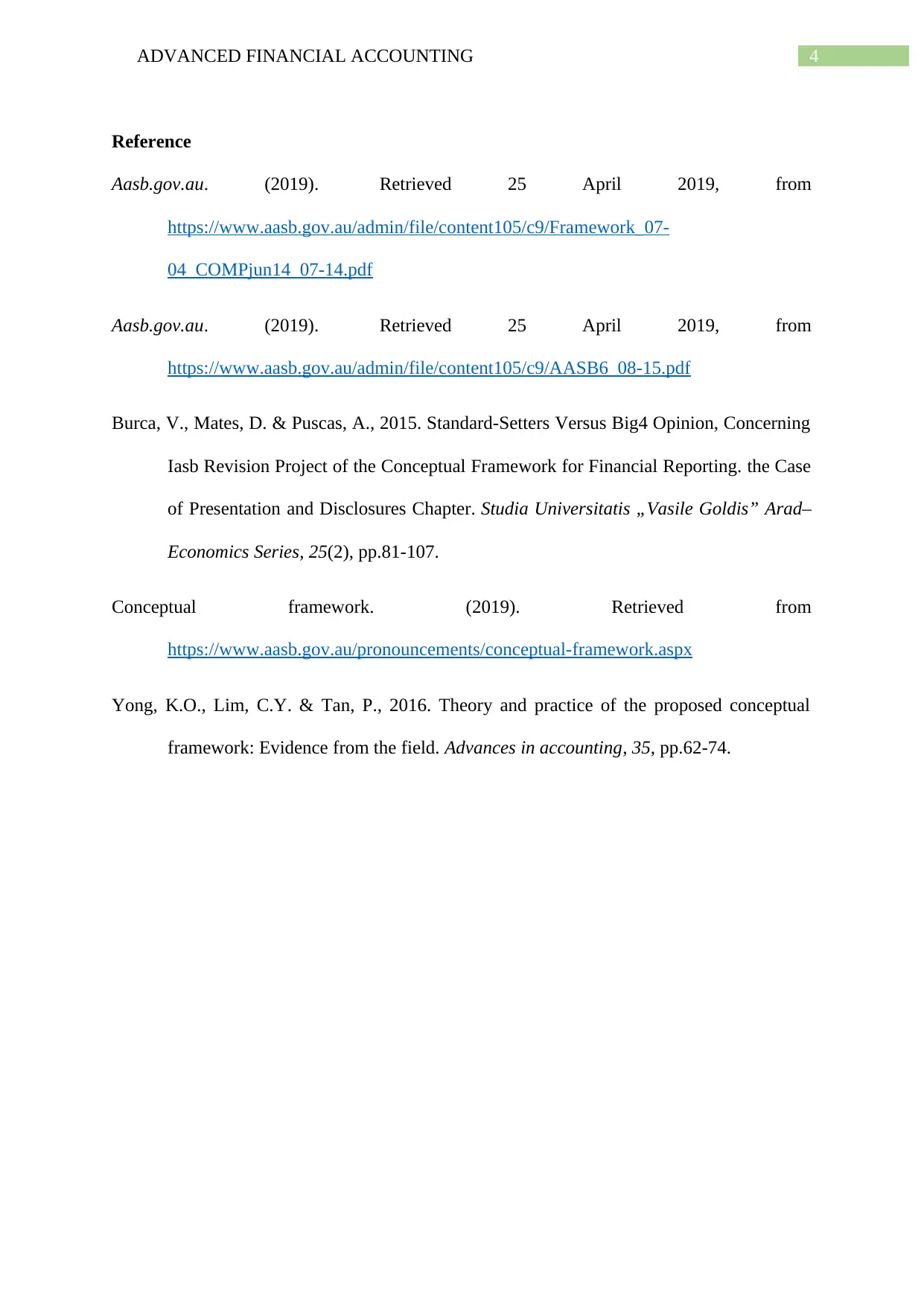






![[object Object]](/_next/static/media/star-bottom.7253800d.svg)